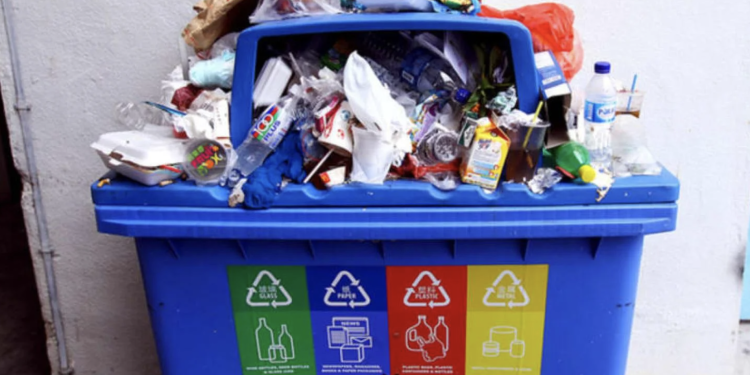If you’re a part of the hundreds of communities across the United States that have implemented recycling programs, you’re probably eager to share your successes with others. However, your community may also be faced with some challenges. From figuring out where to put a recycling bin in an office building or which materials should be taken to a recycling center, these challenges can feel overwhelming.
This article highlights the most common challenges of implementing a recycling program, and how they can be overcome.
1) Where should I put my recycling?
You’ll need room on-site for sorting and storage before transporting recyclables to a proper facility (recycling center). A baler machine enables cardboard baling where waste cardboard is compressed into smaller bundles, thereby reducing the volume and storage requirements before transportation.
2) What should I recycle?
Start by taking an inventory of your current materials and those that you can easily add to the program. Recyclable items include paper, plastic, and glass. Steel, aluminum, and tin are also sometimes recyclable. If it’s not recyclable, then leave it out for the next person to deal with. A sorting binder helps you keep track of everything. This will be important as you move forward in your recycling program as you can separate the waste into materials that can be recycled and ones that cannot be recycled.
3) Increase staff “buy-in”
The success of any office recycling program is dependent on your staff “buying in” to the project. Recycling is not a “one-and-done” activity—it requires ongoing attention and effort. Staff buy-in depends on the program being convenient, well advertised, and fun.
4) Conduct a waste audit
Check to see where your recyclables go and investigate the potential for routes to send your materials. The best way to do this is with a visual waste audit. Though it may seem like an annoying step, the results are invaluable. Proper sorter placement should be determined from this audit, and you can aldso use the data to determine how much bulk waste your office produces and how much recycling you can send to a recycling center.
5) Keep items in their appropriate bins
A good rule of thumb is that if you created a new bin for an item, then it’s probably recyclable or compostable. It’s up to you to educate employees on what goes in each bin.
6) Educate your team on recycling
You’ve collected the information you need, organized your recycling program, and now it’s time to get some education out there so that everyone knows what you’re up to. Try contacting an organization such as Clear The Landfill or the Cascade Ecology Center to see if they will be involved in educating employees about your recycling program—either on-site or at their facility.
There is no silver bullet when it comes to recycling. However, once you’re committed to moving forward and are willing to put in the time and effort, then you’ll be able to see the positive results of your efforts.







